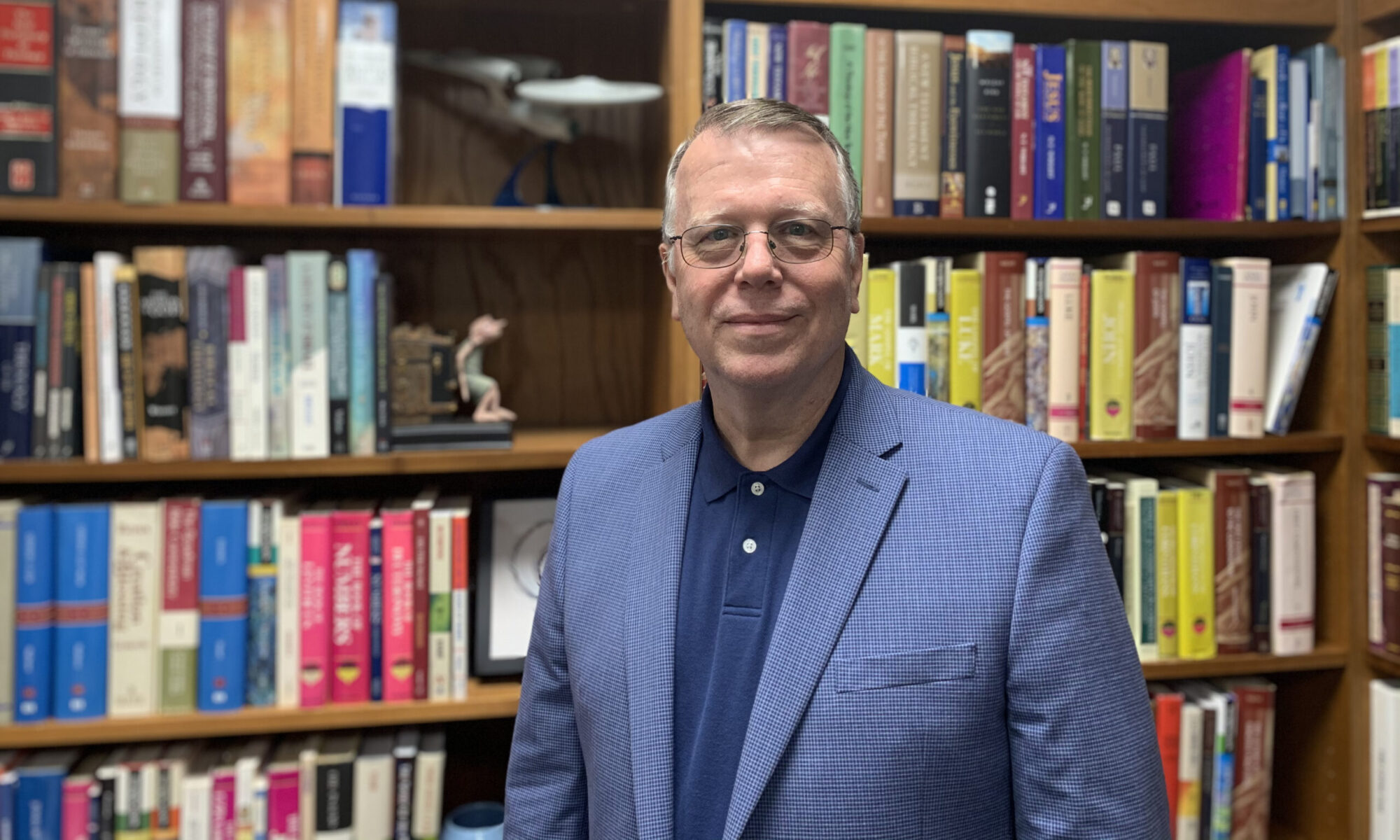One of the cultural gifts Pentecostalism has bequeathed to popular culture is Rock and Roll. Elvis Presley learned to sing and dance in a Pentecostal church. His music was birthed in the enthusiasm of Pentecostal spirituality and the Blues and Jazz of the streets of Memphis. With this in mind, it is ironic that one of the major “sticking points” in contemporary Pentecostal worship is music.
Jazz is known for improvisation and its ability to express many distinct musical cultures. As a genre, Jazz is difficult to classify. Jazz is spontaneous and diverse. Duke Ellington declared that Jazz “is so free that many people say it is the only unhampered, unhindered expression of complete freedom yet produced in this country.” Jazz is popular music, expressive of the various passions of the human heart. Louis Armstrong said, “Jazz is played from the heart. You can even live by it. Always love it.” John Coltrane explained, “My music is the spiritual expression of what I am – my faith, my knowledge, my being … When you begin to see the possibilities of music, you desire to do something really good for people, to help humanity free itself from its hangups … I want to speak to their souls.”
The strength of the Pentecostal Movement has been its ability to be spontaneous and improvisational. As the American Pentecostal movement enters its second century, it has become less improvisational and more predictable; less diverse, more homogeneous; less passionate, more indifferent. This inability to be spontaneous and improvisational – the inability to adapt – has weakened the movement. John Coltrane suggested, “I’ve found you’ve got to look back at the old things and see them in a new light.” Pentecostals can treasure their heritage, but we must be willing to revision that heritage for the next generation.
God created all of humanity in the divine image, a divine image that reflects great cultural diversity. A healthy Pentecostalism embraces that diversity and defies homogeneity. Nothing defines culture more than language and music. Wynton Marsalis said,
Jazz means working things out musically with other people. You have to listen to other musicians and play with them even if you don’t agree with what they’re playing… It teaches you that the world is big enough to accommodate us all.
Jazz can embrace the diversity Willie Nelson and Wynton Marsalis. Pentecostal worship should be able to embrace the diversity of the “Redback Hymnal” and Bethel Music. The apostle Paul wrote, “. . . there are varieties of effects, but the same God who works all things in all persons” (1 Corinthians 12:6). If Pentecostalism is to be true to its heritage of diversity, as the movement goes forward we must resist the temptation to speak with one tongue and lovingly embrace the cultural diversity of many tongues. That means more than diverse worship styles. It means a diversity of political views, cultural expressions, and contextualized missions within fidelity to the mission of Christ and the teaching of Holy Scripture. Contention, strife, and divisions are works of the sinful flesh. The fruit of the Spirit is love, joy, peace, patience, kindness, goodness, faithfulness, gentleness, and self-control (Galatians 5:22-23 ESV). Pentecostals must follow the Spirit and work things out with other peoples.
Please share this post!
